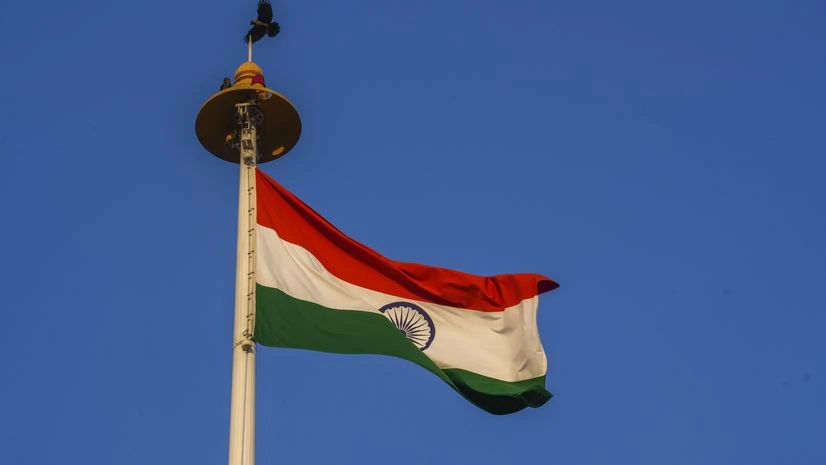Calling for urgent global action on ocean health, Union Earth Sciences Minister Jitendra Singh on Tuesday pushed for a global ocean pact and launched SAHAV, a digital ocean data portal to promote transparent, science-based ocean management, during the third United Nations Ocean Conference (UNOC3) in Nice, Paris, according to an official statement.
UNOC3, scheduled for June 9-13, is aims to support the Implementation of Sustainable Development Goal 14: Conserve and sustainably use the oceans, seas and marine resources for sustainable development.
The ocean pact is a comprehensive strategy to better protect the ocean, promote a thriving blue economy and support the well-being of people living in coastal areas.
India also backed the swift ratification of the biodiversity beyond national jurisdiction (BBNJ) agreement and advocated for a legally-binding global plastics treaty.
Calling for a robust Nice Ocean Action Plan, Singh urged the international community to invest in innovation, ratify the BBNJ Agreement, and finalise the plastics treaty.
Also Read
“The ocean is our shared heritage and responsibility,” he said, expressing India’s readiness to work with all stakeholders — governments, private sector, civil society, and indigenous communities — to ensure a sustainable ocean future.
The push for the global ocean pact comes against the backdrop of oceans facing many challenges, including climate change, pollution, and overexploitation of marine resources, which require collective and urgent action.
Global mean ocean pH has been steadily declining at rates not seen for at least the past 26,000 years, making the oceans more acidic. The oceans are on average about 4 per cent more acidic than they were in 2015.
In 2024, the Potsdam Institute’s Planetary Health Check warned that ocean acidity could soon become the seventh planetary boundary to be exceeded.
This also assumes significance as there were nearly 3.5 times the number of marine heatwave days in the summers of both 2023 and 2024, compared to the average. There were also extreme and record-breaking heatwaves in 2022. Half of the marine heatwaves since 2000 would not have happened without global warming, and marine heatwaves last three times as long as they did in 1940.
BBNJ Agreement, also known as the High Seas Treaty, is an international agreement aimed at protecting marine biodiversity in areas beyond national jurisdiction (the high seas). It is the third implementing agreement under the United Nations Convention on the Law of the Sea (UNCLOS). The treaty aims to establish a comprehensive framework for managing marine resources and biodiversity in the high seas, addressing issues like degradation, sustainable use, and benefit-sharing.
The treaty is also essential to achieving the global 30x30 target – an international pledge to protect 30 per cent of the planet’s land and sea by 2030.
The treaty creates a legal process for countries to establish marine protected areas in the high seas, including rules for destructive activities like deep-sea mining and geo-engineering. It also establishes a framework for technology-sharing, funding mechanisms and scientific collaboration among countries.
Crucially, decisions under the treaty will be made multilaterally through conferences of parties (COPs) rather than by individual countries acting alone.

)